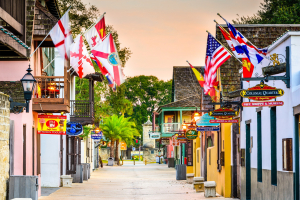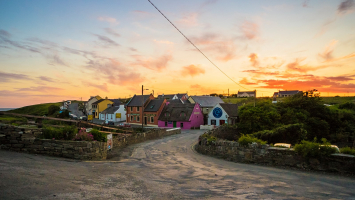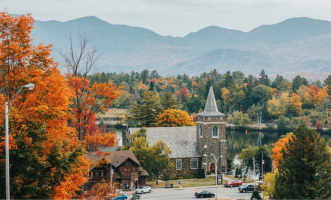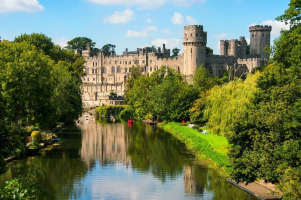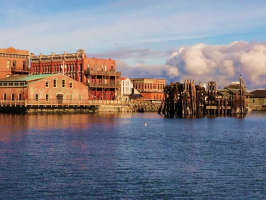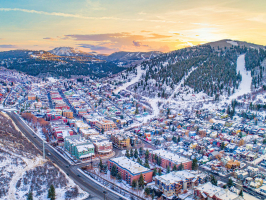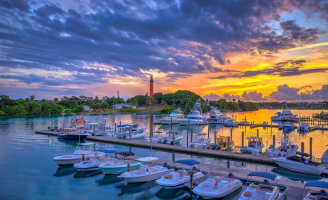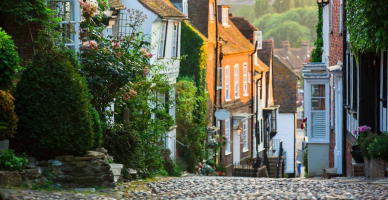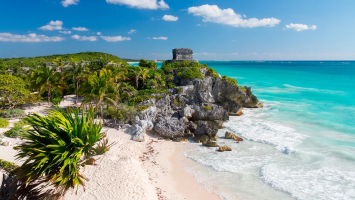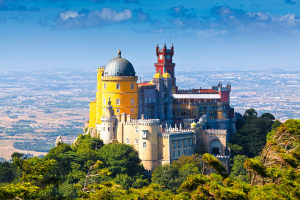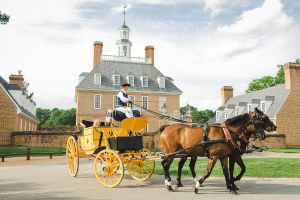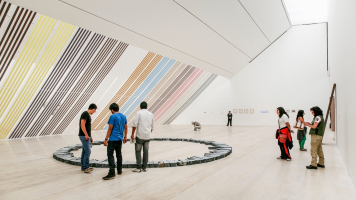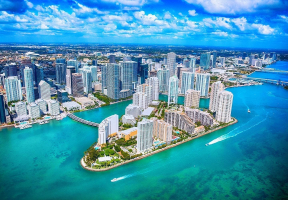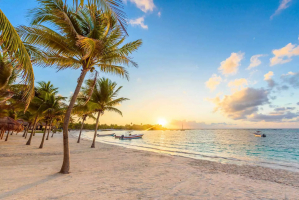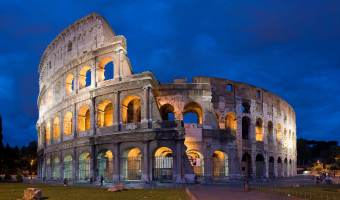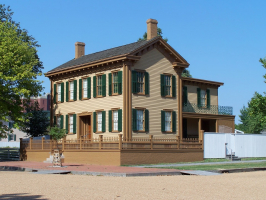Top 10 Best Small Towns to Visit in Mexico
Mexico is a land that was made for exploration. To experience everything Mexico has to offer—from its beautiful beaches, towering mountains, and metropolitan ... read more...cities to its expansive resorts and cultured cities takes a lifetime. Mexico is home to vibrant cities like Mexico City and Guadalajara as well as beautiful small towns. Let's check out the list of the Best Small Towns to Visit in Mexico below!
-
Todos Santos is one of those famous beach towns south of the border that seems to have been pulled right out of a tale that leads you to life by the sea that is less complicated and calm. Its laid-back atmosphere remains even though it is undoubtedly becoming more well-known among tourists.
Surfers from around the world and locals alike fill the cobblestone streets. Art galleries, fine dining establishments, and cafés have all been influenced by new-age hippies. Although it's not far from Cabo, it seems like another planet. Ready yourself for the same dramatic desert-meets-sea landscape in Todos Santos, which is only about an hour away from Cabo San Lucas, but with a far more serene atmosphere. People who are culture vultures wander the streets, stopping into artisan studios and eating organic food under bougainvillea trees that are in bloom. Todos Santos is a top Baja location for adventurers, from kayaks and snorkelers to scuba divers and surfers. The desert and the seaside have hiking pathways as well.
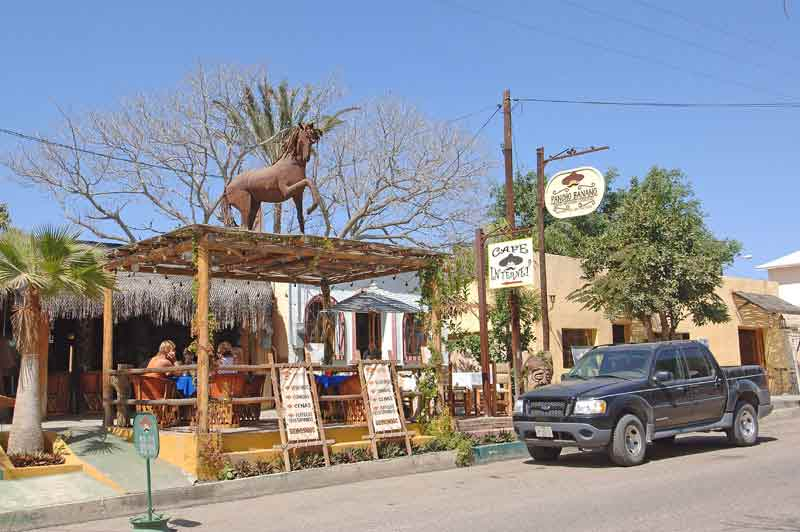
Todos Santos, Baja California Sur 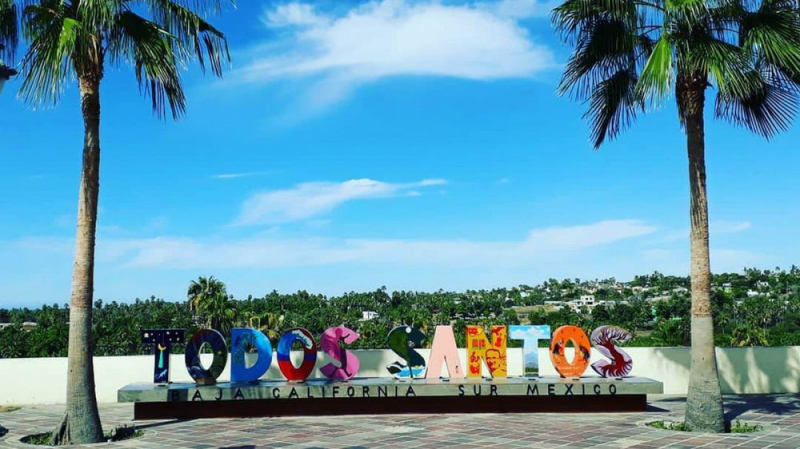
Todos Santos, Baja California Sur -
When you get to the town of Izamal's doorstep, you should turn on Coldplay since everything there is, in fact, yellow. Izamal, a village covered in hues of ochre and yellow, is not far from Merida, the state capital.
Low-rise colonial-style buildings that are canary yellow in color and flank cobblestone streets give off the impression of radiating warmth. The city was once a center of Mayan religious activity, with numerous temples honoring their gods. The Convento de San Antonio de Padua, a large Franciscan convent that still stands as the city's focal point today, was constructed in the town's colonial era in the 16th century by the Spanish. Despite the Spanish's great effort to obliterate the centuries-old Mayan history, there are still signs of the Mayan past. To the north of the city, the Kinich Kakmo Pyramid, which is covered in moss, serves as a memorial to a long-forgotten past. Views of the town are available from the top of the collapsed building, which has one of Mexico's largest bases.
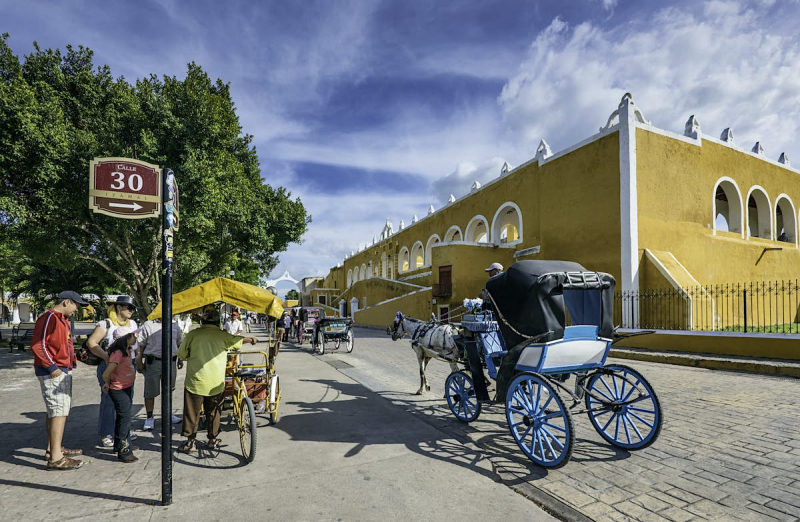
Izamal, Yucatan 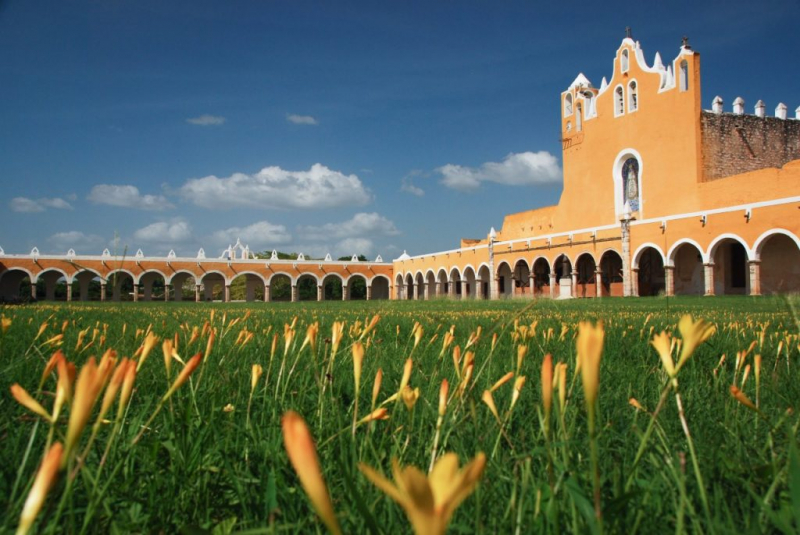
Izamal, Yucatan -
Sayulita was a jungle-covered crescent of beach with high surf, a few taco shacks, and a dirt road in the 1990s when it was first discovered by salty surfers and leathery sun worshipers. Sayulita as it is today is by no means a large town in Mexico, but it has come a long way from its sleepy fisherman village roots.
A few narrow alleys, a central square, and a small stretch of coastline make up the boho-chic paradise that is Sayulita today. It's a haven for wealthy hippies, who get excited when they hear the terms "organic," "yoga," and "artisanal." Additionally, it's a fantastic location for photographers looking for unique locations to capture in Mexico. Hotels are becoming more upscale, and yoga retreats are widely available. Although accommodations these days are more expensive, you can still find a room at one or two surf bungalows. Restaurants these days tend to focus more on small plates and elevated brick oven pizza than the dirt-cheap fish tacos of the past, the busy Mexican town is still a welcome retreat from the hectic energy of Puerto Vallarta to the south.
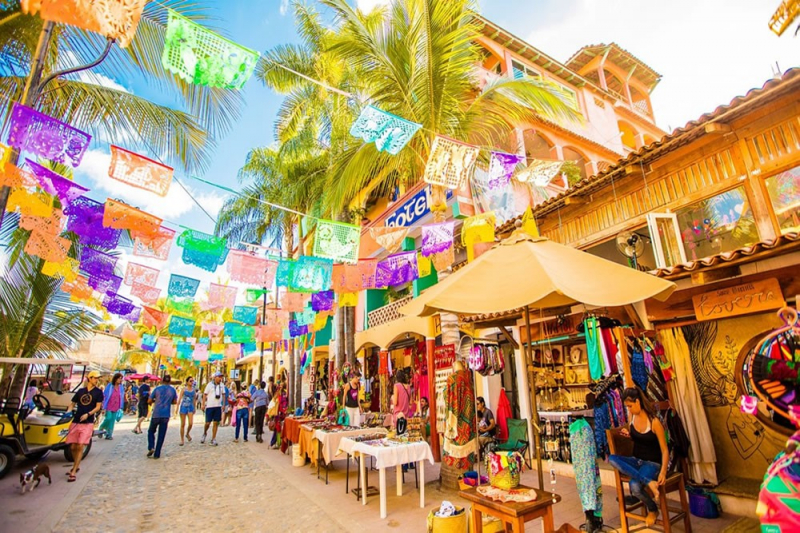
Sayulita, Nayarit 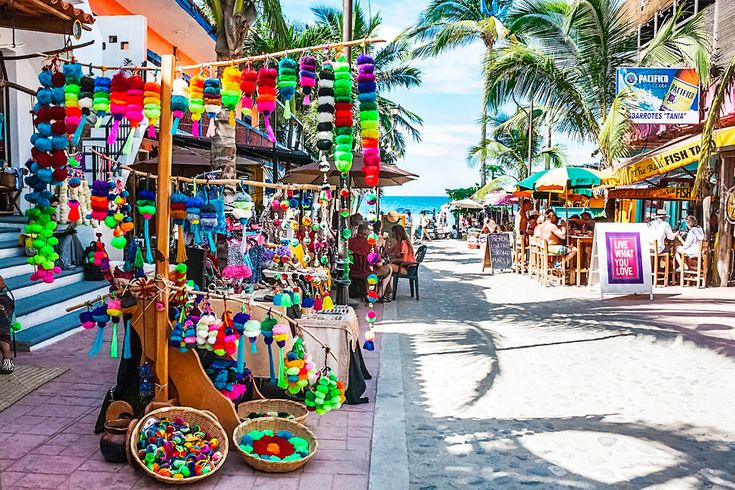
Sayulita, Nayarit -
San Cristobal De Las Casas emerges through the fog from atop a mountain in the southern highlands of Mexico. The colonial mountain city, which is steeped in ancient shaman traditions, is distinct from any other destination you have seen in Mexico.
San Cristóbal de las Casas is characterized by its beautiful pastel-colored colonial architecture. Be transported to a different era as you wander along cobbled streets lined with grand buildings that date back to the Spanish conquest of Chiapas. This region of the country is home to the Tzotzil Maya tribe, masters in textile design and shaman mysticism. Start your explorations in the Central Zone or Historic Area in the heart of the city. The leafy Plaza 31 de Marzo makes a good starting point. Near the square, you will find some of the most impressive colonial buildings. These include the vivid yellow Cathedral of Saint Christopher and Los Portales. On the backpacker route through southern Mexico, San Cristobal is a well-liked rest point. From the Sumidero Canyon to the Palenque ruins, the state of Chiapas is full of wonders. One of Mexico's most picturesque states, it can be a great vacation all by itself!
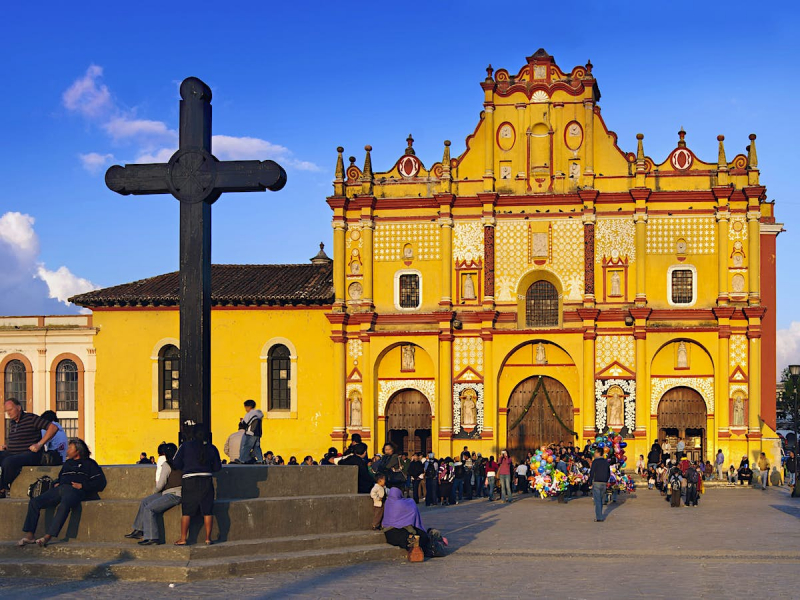
San Cristóbal De Las Casas, Chiapas 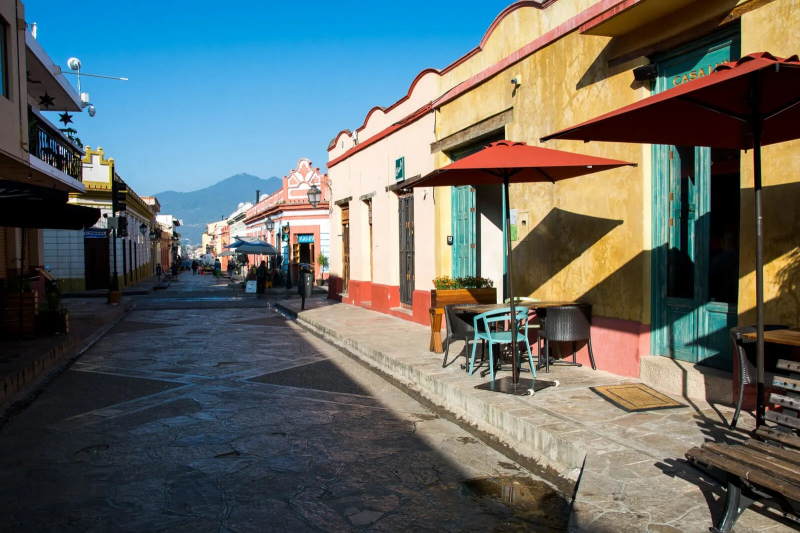
San Cristóbal De Las Casas, Chiapas -
Once a hidden gem, Mazunte is fast becoming one of the most popular Oaxaca beaches. This Oaxaca beach town and Mexico pueblo magico (magic town) might be small, but there’s plenty for visitors to enjoy.
The wild and untamed coastline of Oaxaca is among the most stunning in all of Mexico, with hidden bays, craggy cliffs, rolling mountains, and a string of small beach villages just waiting to be explored. Huatulco and Puerto Escondido are two of Oaxaca's more well-known tourist destinations, but there are similarly magnificent beach towns in between those two, such as Mazunte. Mazunte is centered on Playas Rinconcito and Mermejita, two beaches. Since years ago, surfers and backpackers have been drawn to these more tranquil coastlines, resulting in the development of a hippy community that appreciates fresh-pressed juices, dreamcatchers, yoga, and tarot cards. Beyond the New Age vibe, Mazunte is a haven for wildlife and the beauty of nature, especially sea turtles.
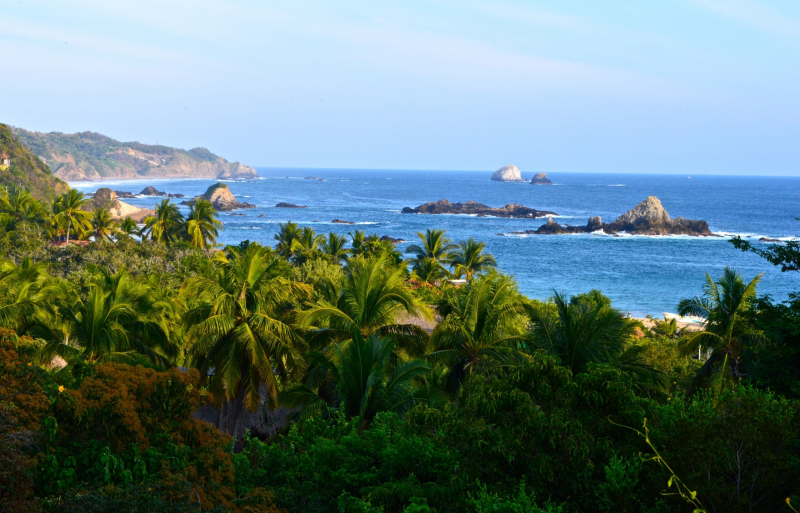
Mazunte, Oaxaca 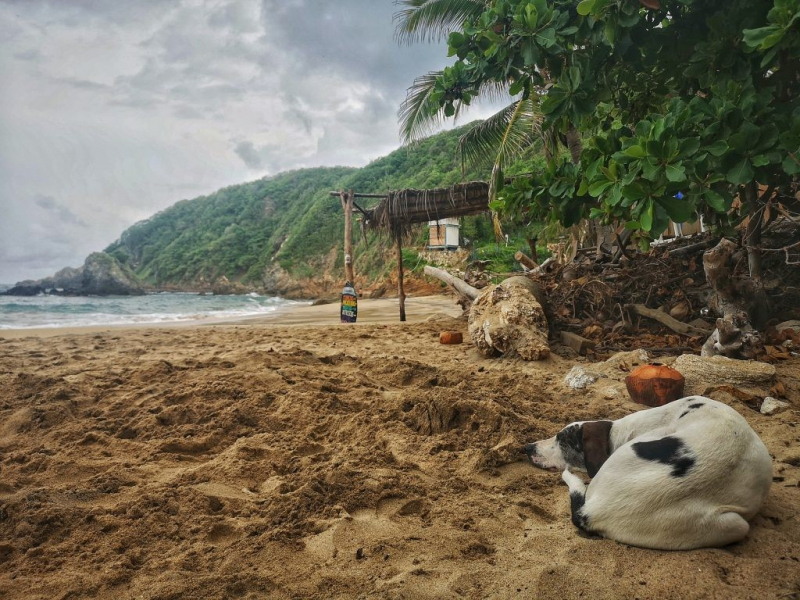
Mazunte, Oaxaca -
With a population of more than 20 million, Mexico City is one of the biggest cities in the world. However, in just two hours, travelers can transport themselves to a completely distinct, much more quiet lake paradise. Valle de Bravo is a lake town nestled on Lake Avandaro and one of Mexico's Magic Towns.
With its colonial feel, cobblestone roads, colorful market, amazing hiking trails, and outdoor activities, cute cafes, and delicious restaurants, Valle de Bravo should definitely be on your bucket list of places to visit in Mexico. The colonial town, which is shrouded in dense forest and surrounded by smoky mountains, is well known for being a hideaway for Mexico City's affluent. In fact, the pretty town is compared to the Hamptons, the popular getaways for wealthy New Yorkers. Even though the lake is artificial, the vistas are nonetheless breathtaking. The colonial center is lined with cobblestone streets and dotted with red terra-cotta roofs. As a tourist destination, the town exudes a decidedly Mexican character and charm.
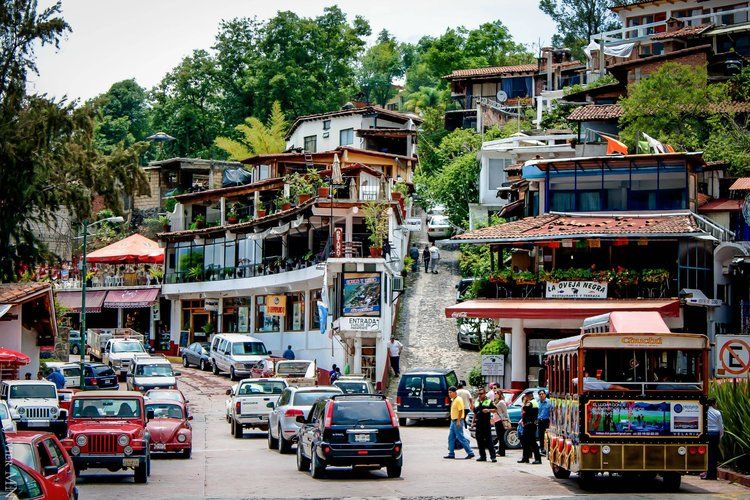
Valle de Bravo, México 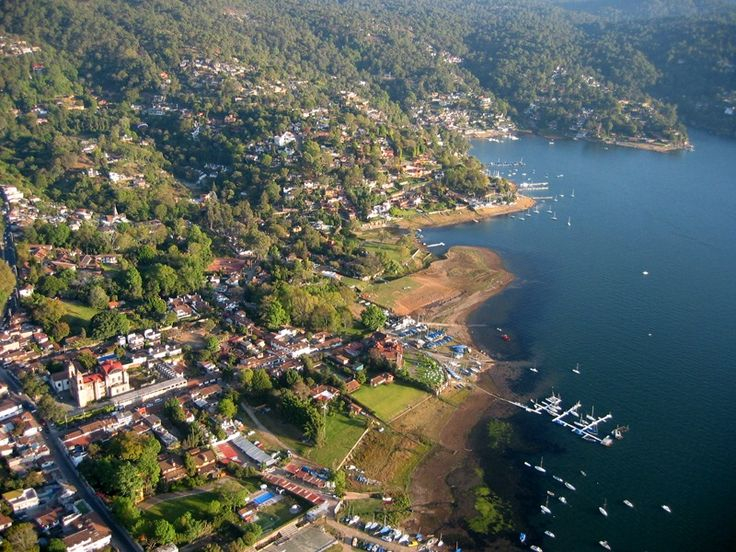
Valle de Bravo, México -
"Zihuatanejo" is a location that any Shawshank Redemption fan is familiar with. While the portrayed Mexican town isn't exactly where Red and Andy reunited in the film, it is based on a real location on Mexico's Pacific coast. Ixtapa, a vacation destination on the Pacific coast, has a sister city in Zihuatanejo. Zihuatanejo, also known as "Zihua" to locals and surfers, was a tranquil little fishing village hidden in a rocky bay with a few choice beaches up until the 1970s.
And while Zihua has undoubtedly kept its laid-back atmosphere in contrast to its resort-focused neighbor, it has also been offered a vibrant and colorful soul all its own. From the coastline, small cobblestone alleys branch out, with local restaurants, shops, and galleries lining either side. The beaches are next; there are actually three of them. The busiest and most popular beach in Zihuatanejo is Playa La Ropa. It's a little outside of downtown and close to a lot of hotels. Playa la Madera, which is surrounded by beach restaurants and is located closer to the city center, is where many locals go to unwind for the day. Another beach area is Playa Contramar, but it is quite smaller.
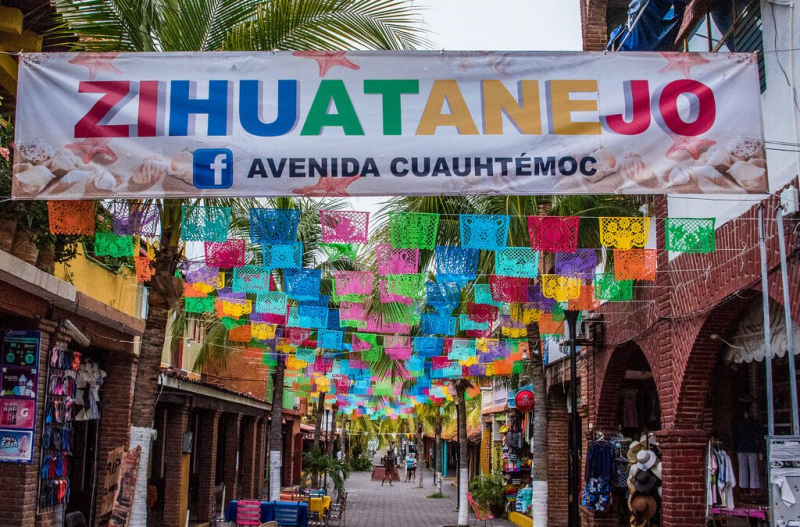
Zihuatanejo, Guerrero 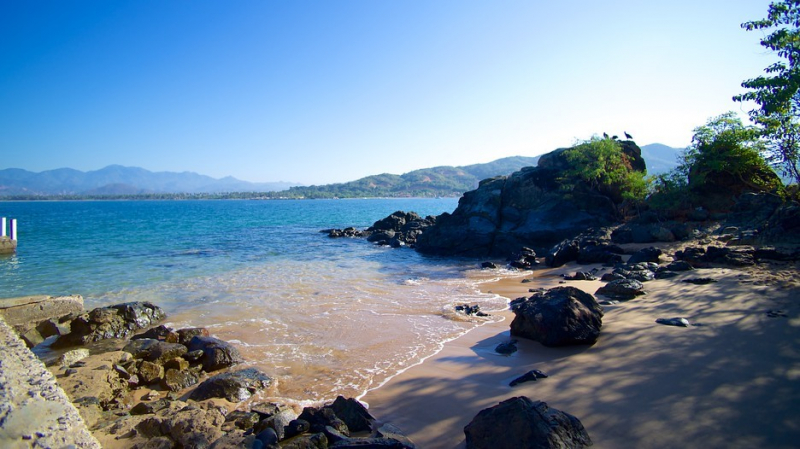
Zihuatanejo, Guerrero -
Tulum, one of Mexico's most well-known towns, may be portrayed on the covers of numerous international vacation magazines, but it is still very much a town. Tulum's gorgeous beaches and A-list boutique hotel scene are the main attraction that draws the majority of visitors. There is also the eponymous archaeological site, which is well-known worldwide.
If you go off the beach road, you'll also find a bustling town. The major street, which is where all the inexpensive eateries and lodging are located, is really along the main highway. But this is where Tulum's heart and soul are to be found, from the marketplaces and town squares to the hectic, packed side streets lined with taco stands. It's a great idea to get out on a bike and start exploring. Of course, there is also the beach, which is among Mexico's top beaches. The beaches at Tulum are pristine white, and the atmosphere there is true boho-luxury. The beach road is surrounded by upscale organic restaurants, artisan stores, and yoga studios, while boutique eco-resorts dot the sand. The less well-known Coba ruins, cenotes, and lagoons are also close by, as are the Tulum ruins.
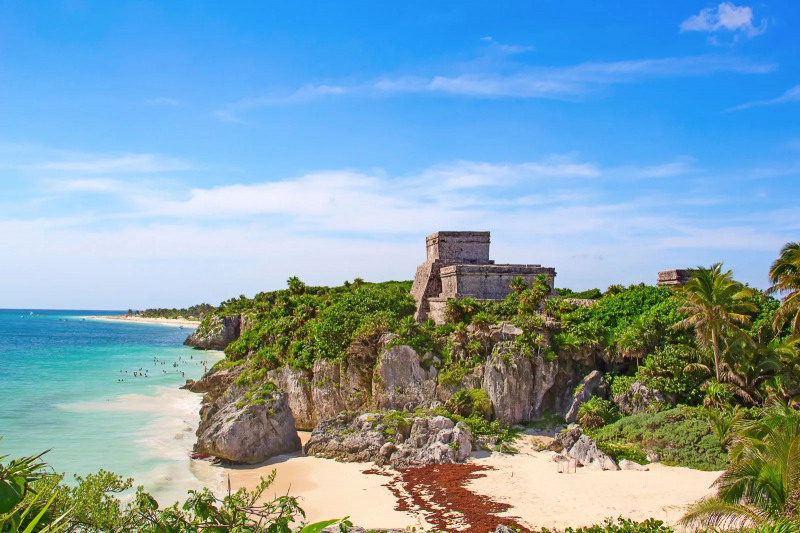
Tulum, Quintana Roo 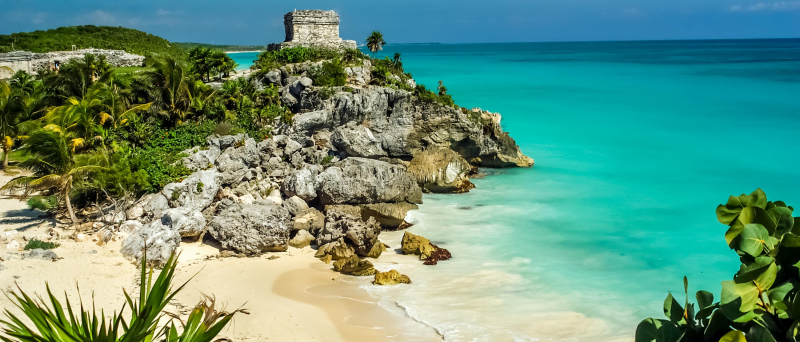
Tulum, Quintana Roo -
Beside the river In the Gulf state of Veracruz, there is a stunning colonial village called Tlacotalpan. Since the early 19th century, little has changed in this town, which is now recognized as a UNESCO World Heritage Site. Tlacotalpan brings Caribbean visions in a Mexican setting with its brightly colored low-rise colonial houses, tropical weather, and many palm trees.
Midway through the 16th century had seen the founding of the Spanish colonial city, which is now home to colonnaded homes and beautiful gardens. Additionally, there are numerous old structures there, many of which feature elaborate features like regal columns and arcades of arched porticoes. The bulk of the action centers around Parque Hidalgo and Plaza Zaragoza. The Fiesta de la Candelaria, a 100-year-old celebration that lasts from the end of January to February 9, is one of the greatest times to visit Tlacotalpan. The locals are always outside playing music and having celebrations, and the streets are adorned with explosions of vibrant flowers.
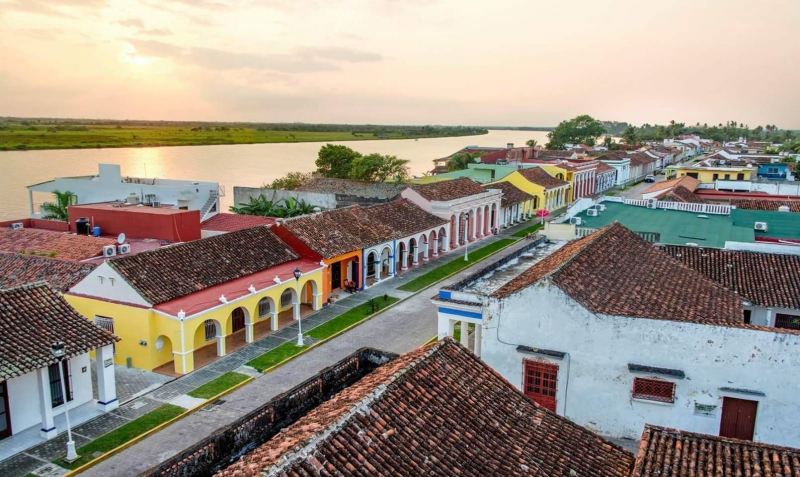
Tlacotalpan, Veracruz 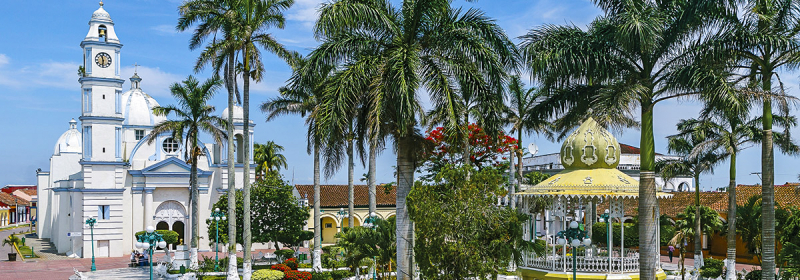
Tlacotalpan, Veracruz -
You will know you have discovered something truly unique the moment you set eyes on Taxco. A restored gem of a colonial city with white-washed walls, red terra-cotta roofs, and the stunning Santa Prisca cathedral with a truly magnificent dome, the hillside town is surrounded on all sides by steep mountains.
The silver trade thrives in Taxco, which is situated roughly 100 miles outside of Mexico City. The town has been known as a silver mining settlement since the 16th century. Although the silver is all gone today, Taxco is still a popular tourist destination and you can still buy silver there. It maintains its status as a bustling historical escape from Mexico City because of its spectacular natural scenery, historical architecture, museums, galleries, and restaurants. Today, exploring Taxco's history and architecture is the thing to do. Take a cable car ride up to the Monte Taxco Hotel for a fantastic bird's-eye view, explore the Santa Prisca church, and check out the Museo de la Plateria (the silver museum).
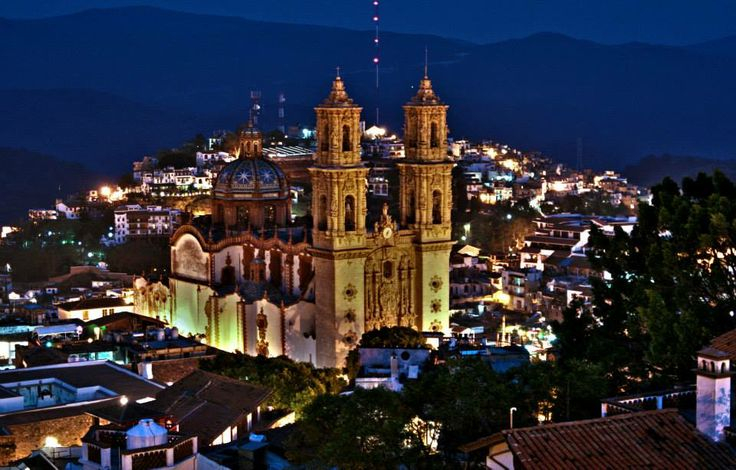
Taxco, Guerrero 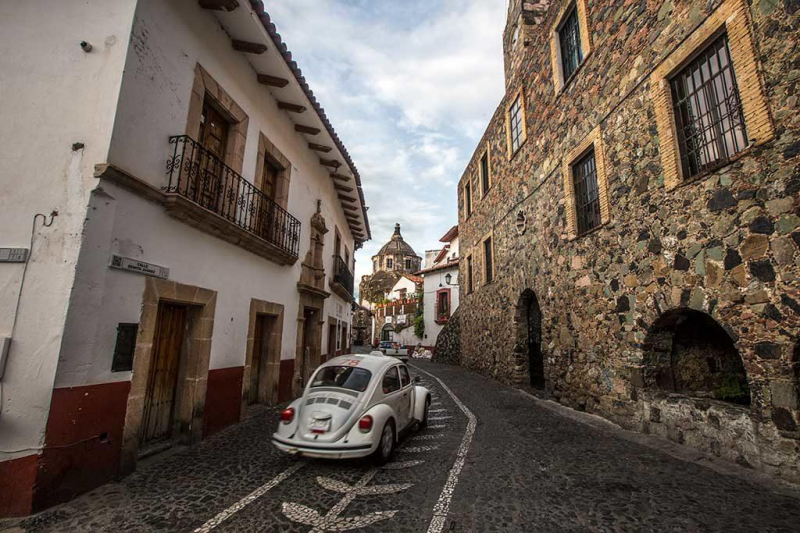
Taxco, Guerrero












